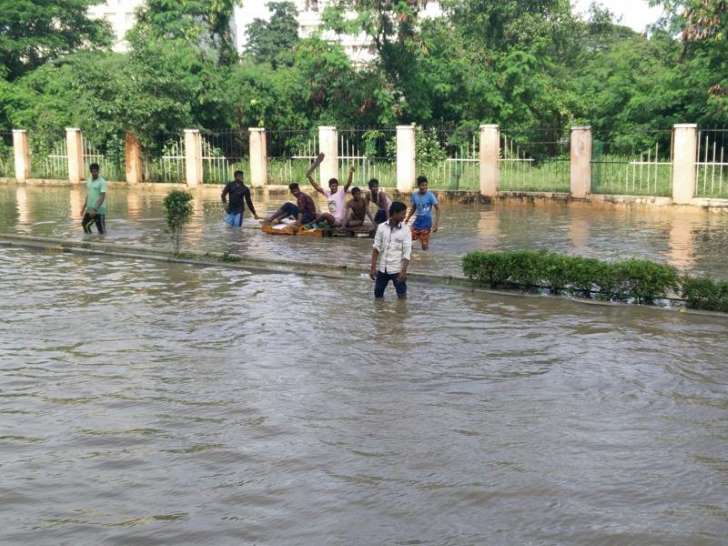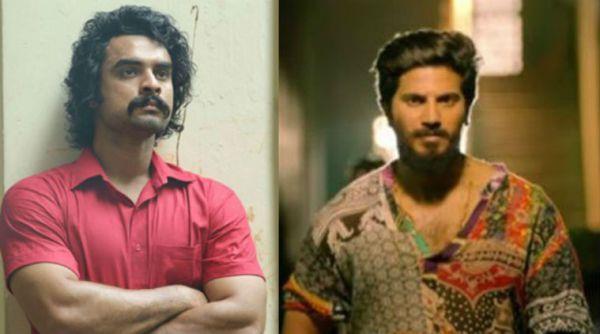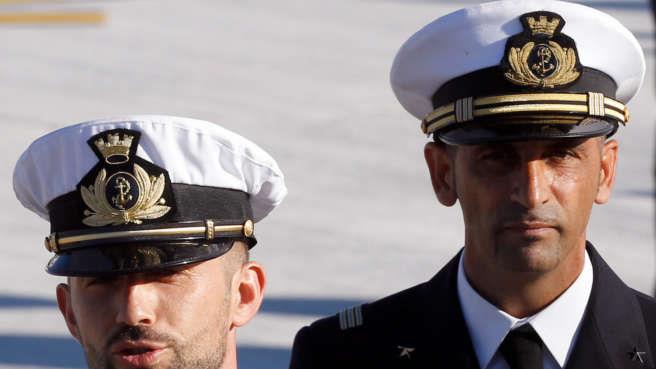December 4, 2015
CHENNAI, INDIA: When Gautham left his partially-submerged home in central Chennai’s Jafferkhanpet on Wednesday evening for a restaurant located on higher ground four kilometers away, he thought he escaped the worst of the deluge.

December 4, 2015
CHENNAI, INDIA: When Gautham left his partially-submerged home in central Chennai’s Jafferkhanpet on Wednesday evening for a restaurant located on higher ground four kilometers away, he thought he escaped the worst of the deluge.

He couldn’t have been more wrong. Around 2 am, commotion and the sound of children crying woke him up and he followed others into a bus amid rapidly rising water levels. But within minutes, water had started seeping into the bus and it seemed the vehicle would capsize.
“We somehow escaped the bus and grabbed a large piece of floating thermocol. Nine of us struggled for 15 minutes until one of us shouted he had touched land,” said the management trainee, relief palpable in his voice.
“It was like I was born again.”
Hundreds of harrowing stories such as Gautham’s floated around Chennai on Thursday as rescue personnel worked on a war footing to evacuate those stranded in low-lying areas and local authorities struggled to distribute relief and medical supplies.
More than 100 people were airlifted to safety as the army, air force, NDRF and state police coordinated rescue efforts out of the Tambaram air base and the Rajali naval base in Arakkonam.
As many as 1,200 National Disaster Response Force (NDRF) officials were deployed while the coast guard put into action rubberized motor boats to ferry some of the three million people marooned by floods triggered by the worst rains in a century.
IAF sorties began by afternoon, dropping food packets for people and conducting surveys as people were seen waving their hands from bridges and housing colonies inundated in 8-10 feet water. Fishermen also pressed their boats into rescue operations.
Metro services emerged an unlikely lifeline for Chennai residents as it remained the only public transport option that wasn’t marooned. Hundreds of people jostled inside metro stations, trying to charge their phones.
In a few areas where the water managed to drain away, the state road transport corporation resumed part of the city’s bus services. Some of the highways leading into the city were active again as authorities’ suspended tolls and people posted on social media the best ways to reach Chennai.
But many complained rescue efforts were inadequate. The residents of a four-storied complex in badly-hit Kotturpuram owed their lives to their security guard of 12 years, S Jeyan.
As a swollen Cooum river gushed into the neighborhood Wednesday evening, Jeyan organized boats to evacuate residents.
“No one came to rescue us. No boat, no helicopter or any help from the government, Whatever help came it was from well-meaning individuals,” Jeyan said and thanked volunteer teams who’re ensuring three meals a day, drinking water and blankets.
City officials said the corporation rescued 62,000 people while the fire department evacuated another 5,000 but sporadic electricity supply and clogged telephone lines hit operations with police having to rely on walkie-talkies and diesel generators.
Victims also complained of inadequate relief camps, food and medical provisions.
“We were shocked when the fire department personnel just abandoned us after rescuing us from a flooded construction site. They gave us a packet of bread and asked us to fend for ourselves,” said Rajan and Sarvanan, two wage labourers.
“We have no shelter. We don’t know where we will spend the night.”
Courtesy: HT
















































































































